| North Carolina's 189 Odonate species | ||||
|---|---|---|---|---|
| Sort Species by: Family Scientific Name [ Undocumented ] |
| Related Species in CORDULIIDAE: | Number of records for 2025 = 0 | |
| Photo Gallery for Coppery Emerald 3 photos are shown. | Other NC Galleries: Jeff Pippen Will Cook Ted Wilcox | ||
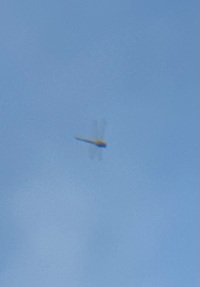 | Photo 1 by: Lucas Wilson Comment: Richmond; P, 2024-07-08, - Diggs Tract. While watching a swarm of Treetop Emeralds and Wandering Gliders, I noticed two small Somatochlora feeding even higher, with flight like that noted by observers of S. georgiana. Views through 10x50 Vortex binoculars confirmed that they were compact, completely coppery orange-brown emeralds, save for faint cream-colored stripes on the thorax. Short abdomen. Third individual seen shortly after. Despite repeated trips with an actual camera, none were seen after 9 July 2024. | 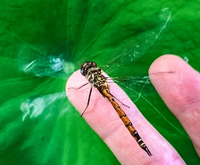 | Photo 2 by: Anonymus Comment: Durham, 2020-07-31, Found in a spider web by an anonymous observer in Durham, NC and posted to Odonata Central by Josh Rose (OC#1438247). This ID was proposed by Josh Rose and Chris Hill, and confirmed by Nick Donnelly and Jerrell Daigle via the Odonata-L listserv. Dennis Paulson recognized it as Somatochlora, but was hesitant to assign it to S. georgiana due to the odd pattern of pale stripes on the lateral thorax (along with other atypical characters). This site’s editors think that it is most likely a dark S. georgiana, though the thoracic pattern remains puzzling. - Male. |
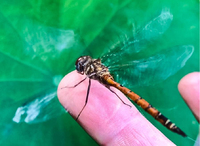 | Photo 3 by: Anonymus Comment: Durham, 2020-07-31, Found in a spider web by an anonymous observer in Durham, NC and posted to Odonata Central by Josh Rose (OC#1438247). This ID was proposed by Josh Rose and Chris Hill, and confirmed by Nick Donnelly and Jerrell Daigle via the Odonata-L listserv. Dennis Paulson recognized it as Somatochlora, but was hesitant to assign it to S. georgiana due to the odd pattern of pale stripes on the lateral thorax (along with other atypical characters). This site’s editors think that it is most likely a dark S. georgiana, though the thoracic pattern remains puzzling. - Male. | ||
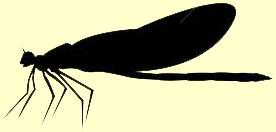
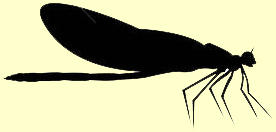 »
»